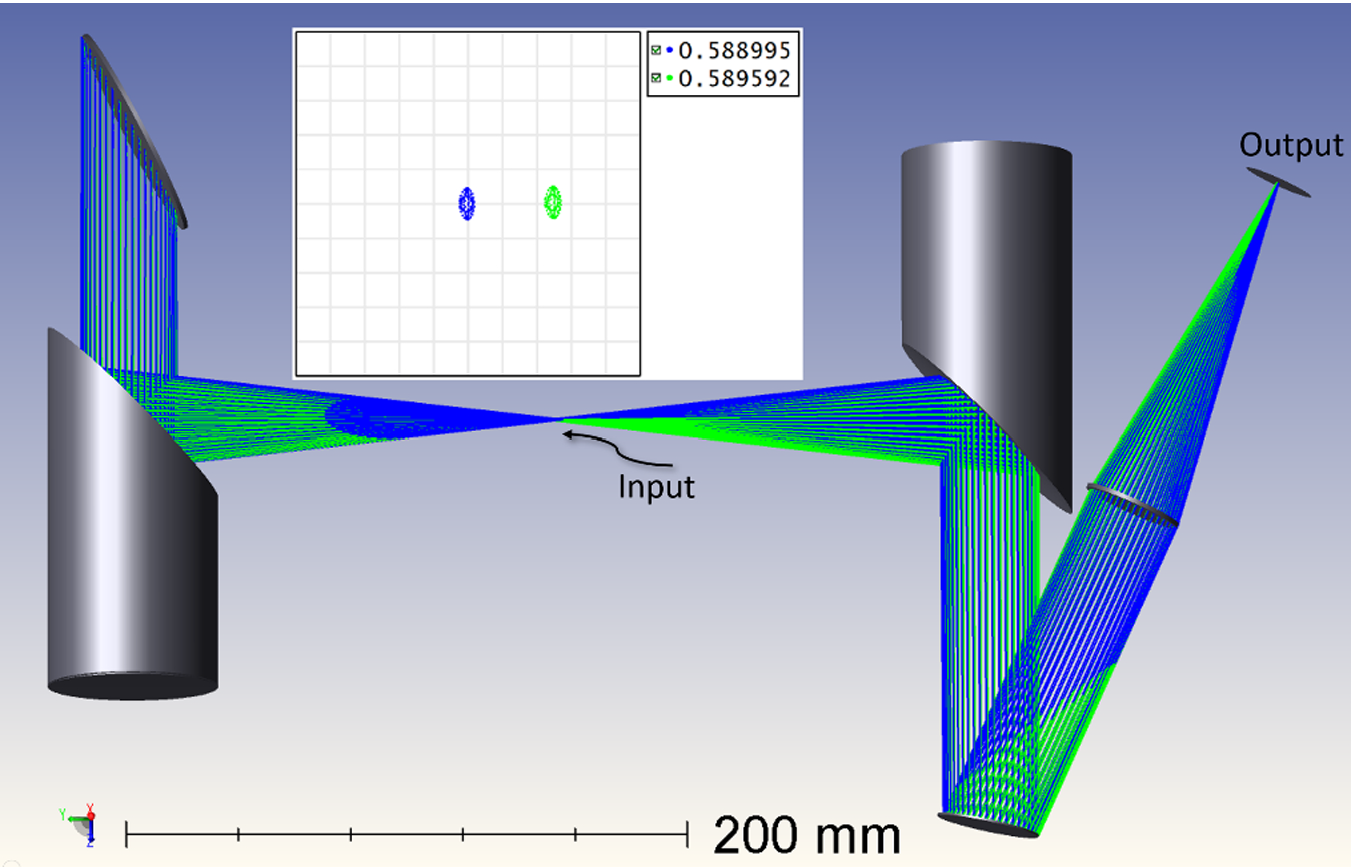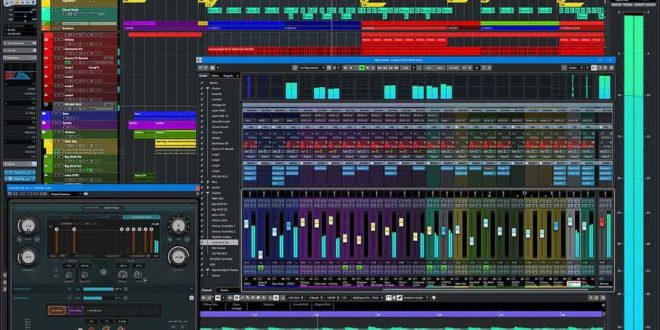
This response function is used to evaluate the gradient of the merit function in solution space, allowing OpticStudio to take the ‘next step’ in the optimization. “During optimization using the damped least squares algorithm, all threads will be used when evaluating the response of the optical system to changes in each system variable.

Resource utilization also depends on the optimization algorithm used. We were also told that, “…OpticStudio will only use as many cores as you have variables assigned…” This may have been true in the past, but this is generally not true as of Zemax v20.3.2 based on our testing. a Gaussian Quadrature Wavefront MF might be a few dozen or hundred ray traces), then it might be more efficient to simply run the optimization on a single core or just a couple cores.” If the Merit Function is simple and easy to compute (i.e.

In our experience, the Z emax recommendation of at least 2 GB of RAM per core is sufficient for all but corner cases.Īnother potential limitation is, almost paradoxically, the simplicity of the merit function operands. If you have a memory-intensive system (some complex CAD objects, a high-density grid sag surface, etc.) then it might be slow to create this copy, or it is possible that there's simply not have enough system memory for each of the cores.” Testing for this limitations is easy (see below). There is overhead in multi-threading for each core used in optimization, OpticStudio has to copy over and store the optical system in memory. “…emory limitations……prevent or…slow down the system if all cores were utilized. One hardware limitation can be available memory. ZMX file itself, the number of variables, and the number and complexity of Merit Function Operands.” This makes predicting the magnitude of improvement challenging. OpticStudio is always trying to use your resources as efficiently as possible (and this may mean using less than 100% of the available cores).” Whether or not all cores are used, ”…depends largely on the machine hardware, the. While the resource allocation algorithms are understandably not disclosed, Zemax noted to us that, “Zemax OpticStudio is designed to…automatically determine the optimum number of threads to launch for any given calculation, including during optimization. The way in which Zemax OpticStudio allocates resources, including memory and cores/threads, happens automatically and can greatly effect performance.
#Zemax opticstudio 20 upgrade
Our hardware upgrade included the following key components:ĬPU: AMD Threadripper 3970X (32 cores, 3.7 GHz base clock)ĬPU Cooling: Noctua NH-U14S TR4-SP3 + NF-A15 PWM (Second Fan) For those considering hardware upgrades to get more out of Zemax OpticStudio, we share below our learnings from our recent hardware upgrade.


 0 kommentar(er)
0 kommentar(er)
